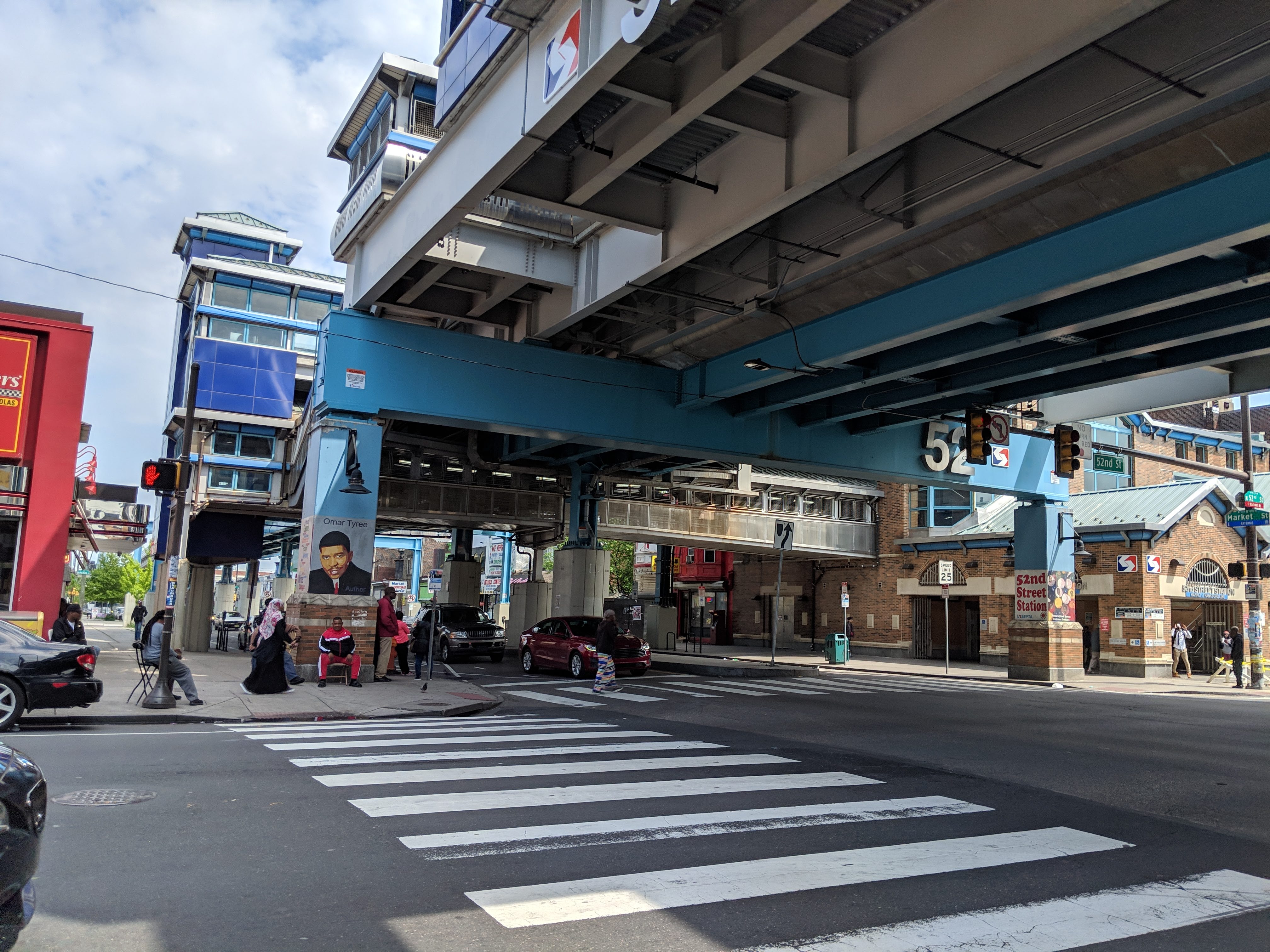Towards A New System of Community Wealth
By Ross Baird, Bruce Katz, Jihae Lee and Daniel Palmer
October 27, 2019

Full Report: Towards a New System of Community Wealth [PDF]
The United States is witnessing a quiet revolution in its approach to the revitalization of distressed urban communities. Most urban neighborhoods, even those blocks away from reviving downtowns and robust waterfronts and university areas, have high poverty, low social mobility, a lack of entrepreneurial activity, and major wealth disparities. These communities are also past and present victims of institutional racism. They sit on the “wrong side of the color line;” access to quality capital and mentoring to help residents purchase homes and build businesses remains scarce while parasitic capital for dollar stores, payday lenders and check cashers is plentiful.
For almost sixty years, governments, foundations, and banks in the U.S. have tried to solve issues of urban policy by dutifully delivering a top-down “Community Development” system. The goal: use large federal grants, big philanthropy, and subsidized bank debt to build units of low-income rental housing. While there has been some constructive impact, the system of Community Development has largely failed to turn around the macro trends that plague American neighborhoods. The government and philanthropic sectors have largely ignored the collapse of economic dynamism and the growing wealth gap in American families. And the private sector has largely ignored the distinctive characteristics and potential of poor neighborhoods and encouraged mergers, monopolization, and poor quality service retail that often undermines the producers and entrepreneurs that create wealth in poor and middle-class communities.
The bottom line: income inequality today is the largest it has been since the government began measuring it in 1967. America’s poorer neighborhoods are largely recipients of aid and top-down investment, often more akin to the approach used in emerging markets rather than mature economies. That’s the bad news. The good news: over the past decade, a new system has begun to emerge. This system, “Community Wealth”, represents a radical shift in how private capital invests in distressed neighborhoods, and is the subject of Towards a New System of Community Wealth, released on October 27, 2019. Co-authored by Nowak Lab Director Bruce Katz, Ross Baird, Jihae Lee and Daniel Palmer, the report documents the paradigm shift from siloed community development toward emerging, innovative models of building community wealth by investing in people instead of buildings and countering the parasitic economy which keeps communities blighted and segregated. It is the goal of the paper to advance the rapid adaptation on multidisciplinary models used by the innovative organizations profiled, and for anchors, institutions and investors to get on board with holistic investment strategies supportive of community wealth creation.
Towards a New System of Community Wealth was produced through the collaboration of Drexel's Nowak Metro Finance Lab, BluePrint Local and Accelerator for America.